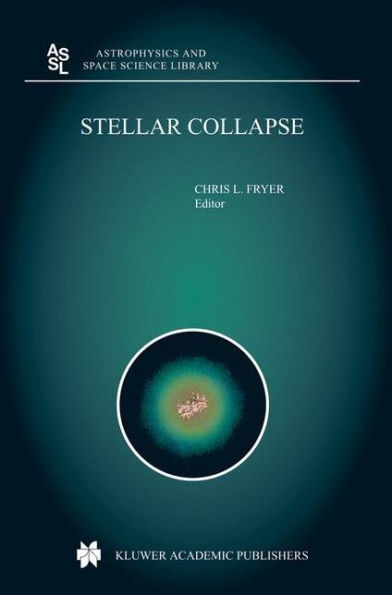5
1
9781402019920


Stellar Collapse / Edition 1 available in Hardcover

Stellar Collapse / Edition 1
- ISBN-10:
- 1402019920
- ISBN-13:
- 9781402019920
- Pub. Date:
- 04/30/2004
- Publisher:
- Springer Netherlands
- ISBN-10:
- 1402019920
- ISBN-13:
- 9781402019920
- Pub. Date:
- 04/30/2004
- Publisher:
- Springer Netherlands
169.99
In Stock

Product Details
| ISBN-13: | 9781402019920 |
|---|---|
| Publisher: | Springer Netherlands |
| Publication date: | 04/30/2004 |
| Series: | Astrophysics and Space Science Library , #302 |
| Edition description: | 2004 |
| Pages: | 406 |
| Product dimensions: | 6.10(w) x 9.25(h) x 0.04(d) |
From the B&N Reads Blog
